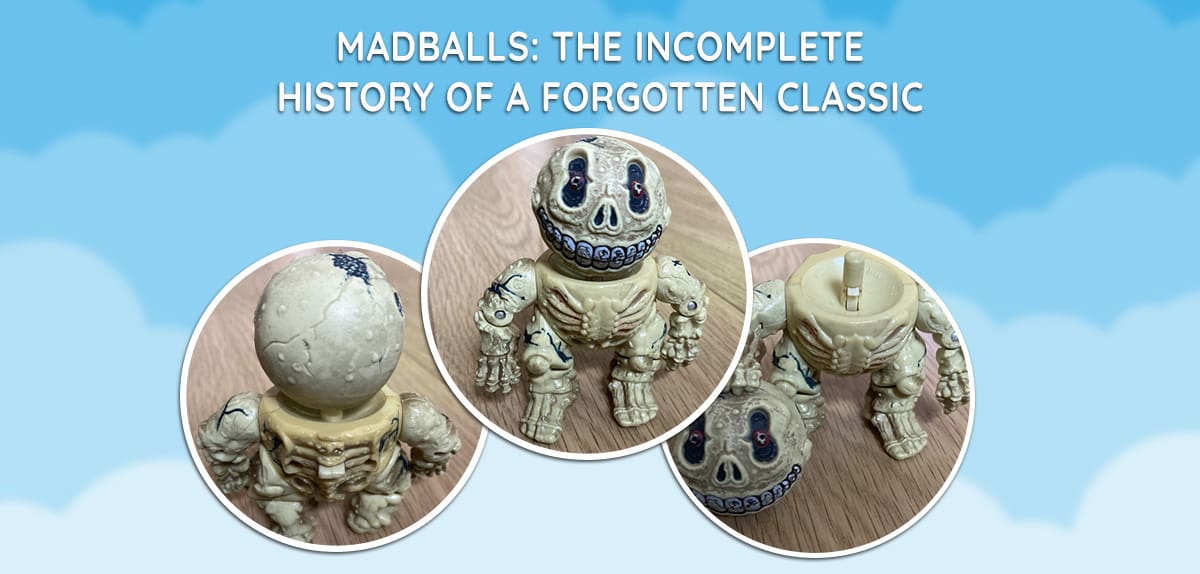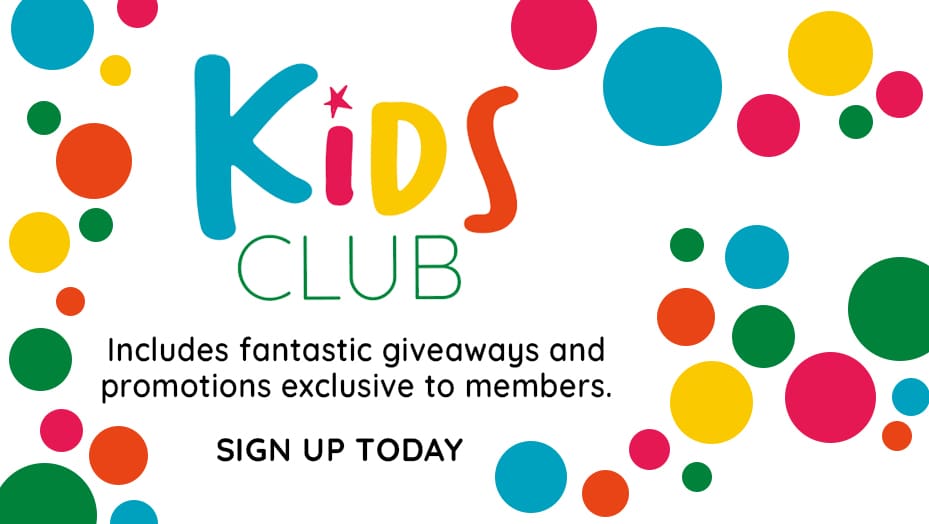Madballs: The Incomplete History of a Forgotten Classic
Adam Blaize Posted on:-22-06-21 Features, Throwback Thursday

As a child, I loved toys. More specifically, I loved action figure toys. I’ve written short films, short plays, and live performances and I can’t help but think that a lot of my creative side stemmed from my early interactions with toys. In a time where my imagination was working tirelessly to create these fantastical worlds to go these dramatic stories, of love, sacrifice, bravery, and deceit. There was a depth to the stories that other children of my age just couldn’t deliver. In short, I was at the top of my game when it came to playing with toys.
Let’s Start at the Beginning
I had other toys of course; Scrabble, Pogs, and the Real Power Workshop, but they didn’t quite measure up to the joy that I got from action figures. Nowadays, people like to fantasise about film and TV crossovers. “What would happen if Captain America met Batman?” Or “who would win in a fight between Cat Woman and Black Widow?” But I didn’t need to fantasise about the infinite possibilities of the Ghostbusters teaming up with the Thundercats or the Power Rangers facing off against Bebop and Rocksteady because I lived it.
Don’t get me wrong, there were times where it went dark. Not just dark, but really dark. I’m talking an alliance between the most ruthless toys and the end of all things. Good toys died and bad toys won. There was even a memorial service, but that’s a story for another time because, amongst the headiness of adult nostalgia, we have a tendency to forget about those lesser-known toys that lined our shelves. I’m talking Micro Machines, Boglins, and Mighty Max. These offered something different to your mainstream toys and to this day, some of my fondest childhood memories come from these toys. Arguably, there’s one toy that surpasses all of the above.
The toys in question, of course, are Head-Popping Madballs. The original Madballs are still in production today, although there’s been a change in the way that they’re made, which you would expect, given that a lot of the toys from the eighties and nineties would probably be banned on the grounds of health and safety in the current marketplace. There’s a reason that they don’t sell metal Chupa Chups Slammers anymore. Imagine the autopsy report.
“How did he die?”
“It was a drive-by. He took a Chupa Chup to the head.”
Mad for Madballs
Strangely enough, even though they were a constant in my childhood, I’ve no idea where my first Madball came from. This strange horrific creature with a monstrous head and a skeletal frame was just there, with its bulbous eyes and sinister grin staring towards me from the middle of the room. Rather than unnerve me, it sparked a curiosity within me and was probably one of my earliest introductions to horror. I liked things that were slightly off-kilter, even from an early age, so the Madballs were a welcome addition to my toy collection.
I had three in total. There was Skullface, Occulus, and Wolf Breath, whose design included a bloody mouth, which you just didn’t get with other toys. I loved the Ghostbusters, although there were limits to what they could do with those toys. There was green slime and Egon’s eyeballs popped out of his head, but in retrospect, it all feels safe. However, you couldn’t say the same for the Madballs, whose designers worked tirelessly to push the creative envelope, which is hard to do when you’re marketing to children, whilst also seeking the approval of parents, who can make or break your vision through their own critique of your product. Fortunately, the Madballs would go on to be one of the most enduring toy lines of the 1980s, with the ever-evolving product still proving popular today.
The Good Old Plays
You ask, ‘How did Madballs work?’ That’s easy. You simply pushed a small switch down on the top half of the back and the hard, rubber head would shoot off, meaning you owed it to yourself to find a way of integrating it into playtime. I’ve lost count of the number of times that I’d use the head of Skullface to take down a Galaxy Ranger or break through the doors of the Ghostbusters HQ. They were just fun, in the truest sense of the word. Of course, the downside to these toys was that they could be extremely painful, should you find yourself on the receiving end. A child’s enjoyment of a toy can last anywhere from six minutes to six months, but I never tired of the Madballs, whose designs still seem weirdly timeless, in a time where more children choose online gaming over the physicality of a handmade toy.
Fortunately, you can still buy the original Skullface toys online and if you’ve never experienced the pure joy that they bring, then it’s definitely worth investing your time and money in.

 USD ($)
USD ($) EUR (€)
EUR (€)

